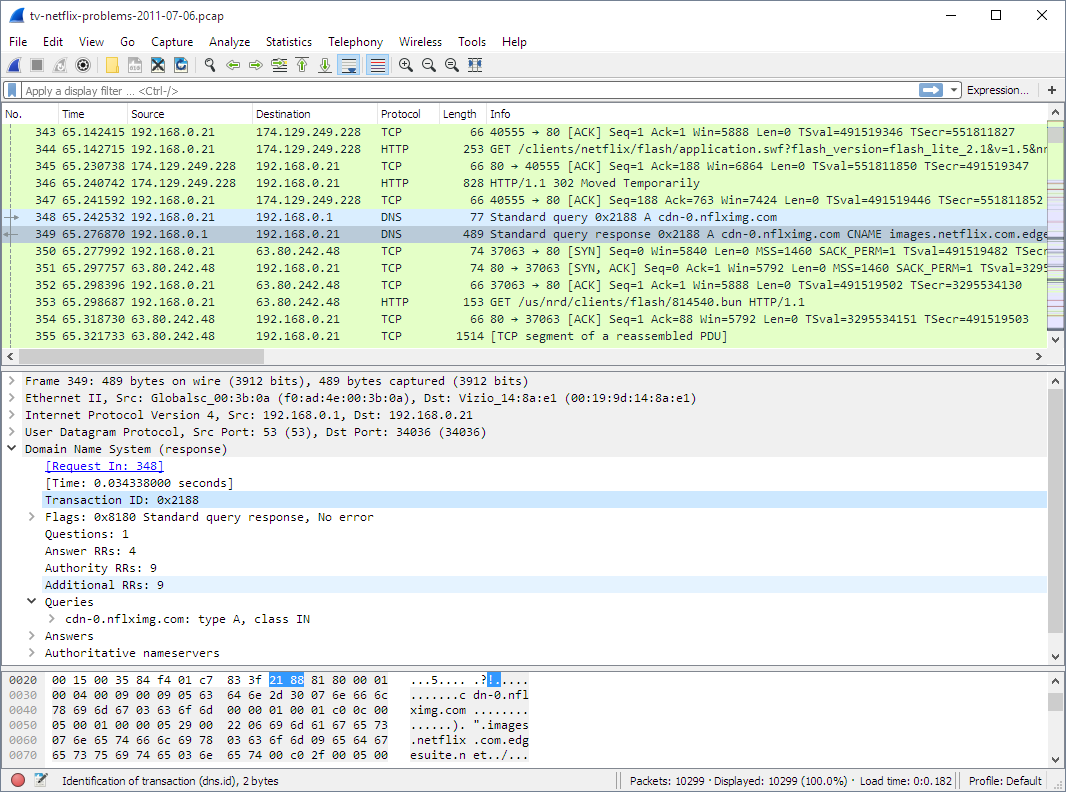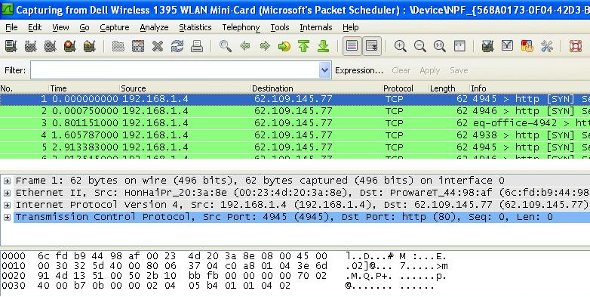

- Wireshark capture filter identification ip Pc#
- Wireshark capture filter identification ip series#
- Wireshark capture filter identification ip mac#
Note that DNS records use various separators in place of literal dots “.”. For example, if I wanted to find my dns query for dns and frame contains "cloudshark" Last but not least, you can of course always use the concatenation operators. You can even get more specific, using the “contains” filter to look at specific parts of a frame, such as tcp contains or eth contains. ip.host ipv6.dstopt ipv6.mipv6type ip.dsfield.ce ip.id ipv6.flow.

For example, if I only want to view the DNS query with transaction ID Oxb413: The frame contains feature can also be used for Hex values. Take a look at this capture with the above filter applied: …will show you only those packets that contain the word “cloudshark” somewhere in them.ĬloudShark lets you embed these filters right in the URL that you share.

The “frame contains” filter will let you pick out only those packets that contain a sequence of any ASCII or Hex value that you specify. You may know the common ones, such as searching on ip address or tcp port, or even protocol but did you know you can search for any ASCII or Hex values in any field throughout the capture? You can capture traffic from a virtual guest OS running in VMWare or HyperV by simply setting the guest OS’s respective Vethernet port as the “source” of your ERSPAN session and your PC’s IP address as the “destination.”Īnd that’s why ERSPAN is my new favorite packet capturing trick.The great thing about CloudShark’s capture decode is that it supports all of the standard Wireshark display filters. Here’s the best part: It also works with the Cisco Nexus 1000V.* That’s right. This allows you to control who can run Wireshark. To run Wireshark, you must be a member of the wireshark group, which is created during installation.
On the next screen, press Tab to move the red highlight toThis is an advantage over RSPAN, which strips off any 802.1Q tags, because it cannot transport them. Notice that you can even see the VLAN tag (Vlan: 3900) in the ERSPAN header. 47 in HEX is 2F, so the capture filter for this is ip proto 0x2f.
Wireshark capture filter identification ip Pc#
On your Sniffer PC running Wireshark, you’ll want to configure a Capture Filter that limits the captured traffic to IP Protocol number 47, which is GRE. Monitor erspan origin ip-address 10.1.2.1 global Source interface port-channel1 both # Port(s) to be sniffedįilter vlan 3900 # limit VLAN(s) (optional)
Wireshark capture filter identification ip series#
On a Cisco Nexus 7000 Series switch it looks like this:Įrspan-id 32 # required, # between 1-1023ĭestination ip 10.1.2.3 # IP address of Sniffer PC So How Do I Configure This?įirst configure your “source” switch. As a bonus, if you’re sniffing a VLAN trunk, the 802.1Q tags are also captured in the ERSPAN header info. It realizes that the traffic is encapsulated and automatically displays the “real” source and destination IP addresses of the captured traffic, not the source switch’s IP address and your PC’s (destination) IP address. Now you’re only seeing the mirrored traffic. With a simple capture filter setup in Wireshark you can limit your captured packets only to GRE packets. When configuring the IP address of the destination, what happens if you simply enter the IP address of your own PC? Yes, all of the encapsulated mirrored traffic is sent to your PC’s IP address. This is where my new favorite trick comes in. Wireshark - connected to an ERSPAN-capable “destination” switch, but what if you don’t? But There’s an Easier Way. This works great if you have a dedicated system running a packet sniffer - e.g. The traffic is encapsulated in generic routing encapsulation (GRE) and is, therefore, routable across a layer 3 network between the “source” switch and the “destination” switch. ERSPAN mirrors traffic on one or more “source” ports and delivers the mirrored traffic to one or more “destination” ports on another switch. ERSPAN is an acronym that stands for encapsulated remote switched port analyzer. ERSPAN is awesome and in this article, I’ll show you why.
Wireshark capture filter identification ip mac#
Target MAC Address: The goal of the request is to obtain target MAC address. Sender IP Address: This field contains the station’s (senders) IP address. In some cases it could replace RSPAN, but since it’s only available on Cisco Nexus switches, newer Catalyst 6500s, Cisco ASR routers, and other “high end” devices, I determined that it really had limited uses.īut I was wrong. Step-1: As it is seen in the below screenshot, the station prepares an ARP request packet, which includes following information: Sender MAC: This field contains the station’s (senders) MAC address. When I first looked at the documentation for ERSPAN I could imagine some uses for it.


 0 kommentar(er)
0 kommentar(er)
